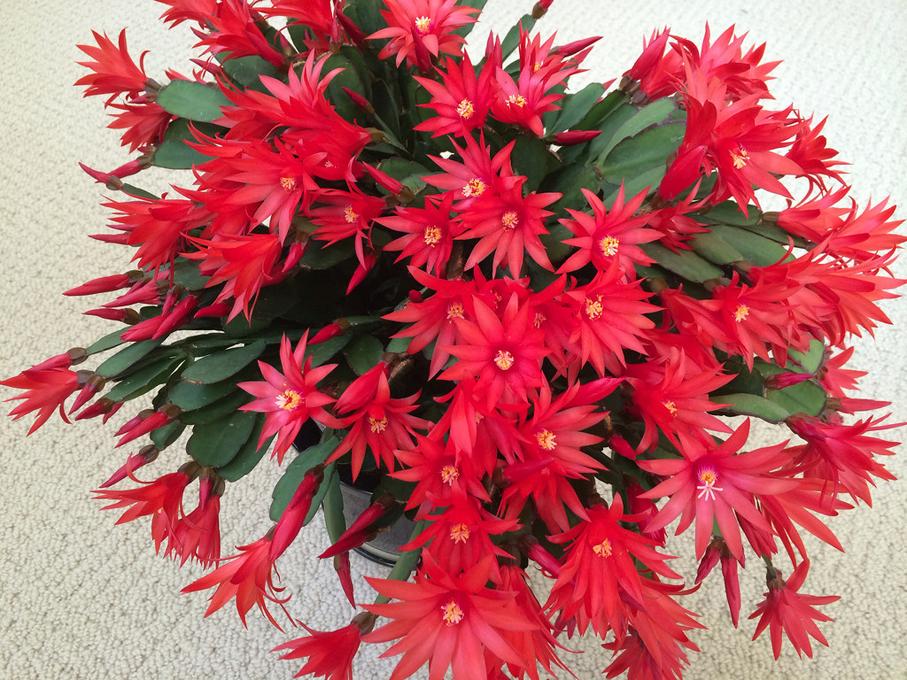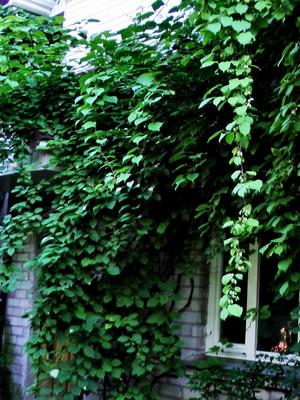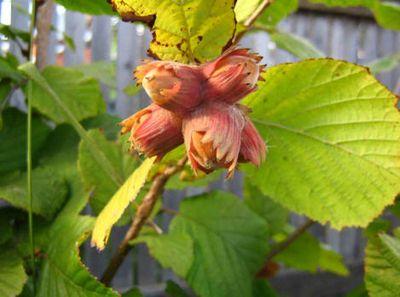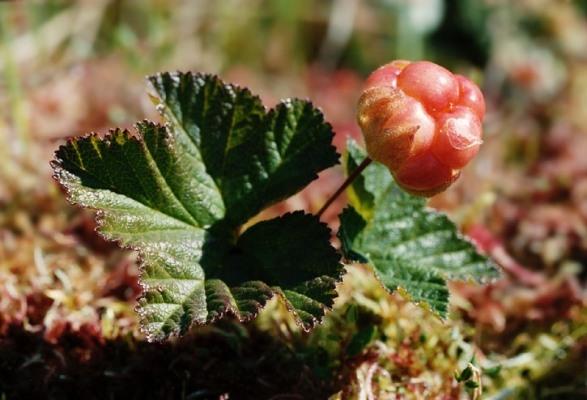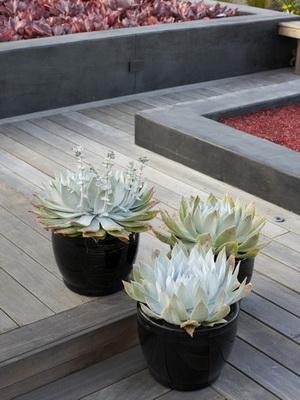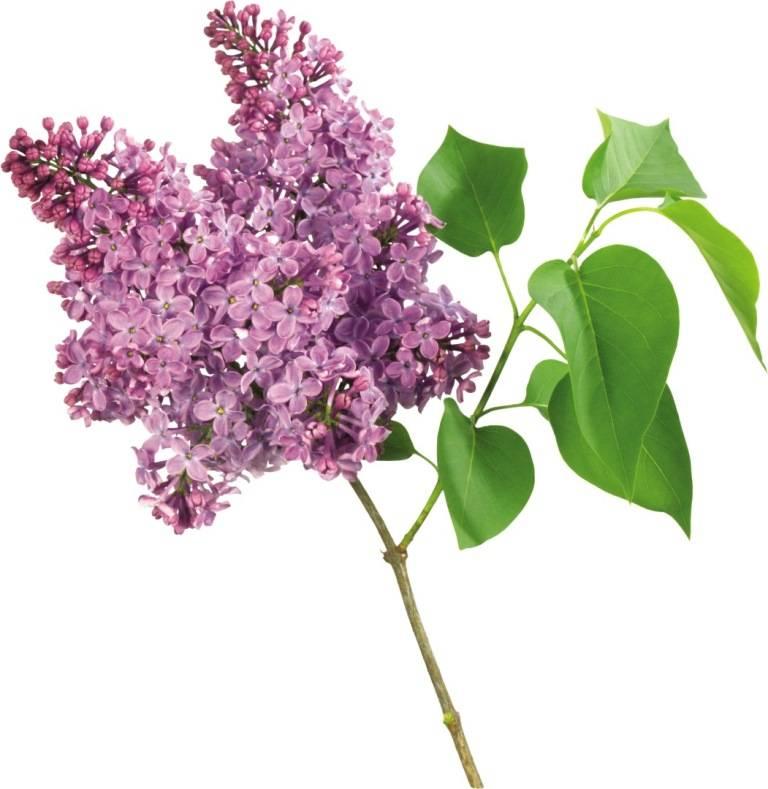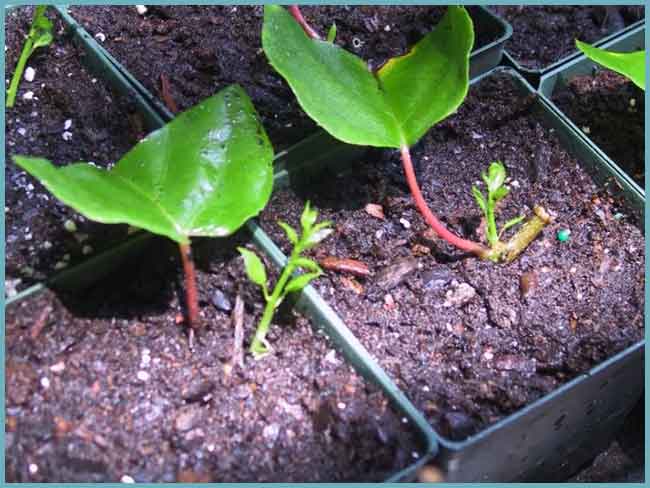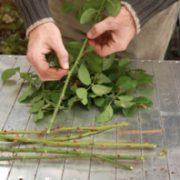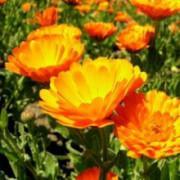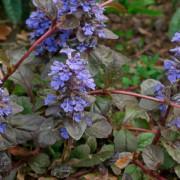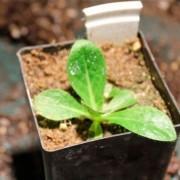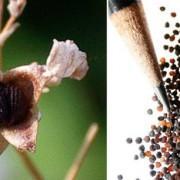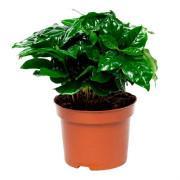Актинидия разнообразие видов и выращивание в саду
Содержание:
Uses
Traditional medicine
Silver vine has been used for its medicinal benefits for centuries, as a preventative health aid, is still commonly used as an alternative therapy for hypertension, arthritic pain, and was investigated as treatment for cancer.[] In traditional Chinese and Japanese medicine, it has been used for a wide range of health problems, including:
| Heart tonic | Rheumatism | Circulatory stimulant |
| Cystitis | Arthritic pain | Hypertension |
| Cholesterol reduction | Liver protection | Kidney disease |
| Cardiac ailments | Stroke |
In Korean Buddhism, silver vine was soaked in traditional Korean sauces and used for diuresis, alleviation of pain, hypertension, genital troubles, and bronchitis.
It is said that:»Old, weary travelers, (come) back to life to eat the fruit of and then continue their journey.»
Silver vine leaves also have a high content of flavonoids, terpenoids, saponins,beta-carotene,vitamin C and vitamin E.
Culinary
The fruit in the «acorn» shape can be salted and eaten raw, fried in oil, added to rice, or mixed with sesame seeds and mayonnaise to top salads.[citation needed] The fruit may also be fermented to make Matatabi sake and miso; fermented into a fruit wine; or extracted for juice.[citation needed] The leaves, buds, and stems can also be ground into a powder or cut, steamed, and steeped to make tea.[citation needed] Adding mint or sugar can give variations in the tea.[citation needed]
Products
Grinding the leaves and stems into a coarser grind than needed for the tea makes Matatabi grass, which is used as bath salts. The vine is used as material for folk crafts, and the sap is collected to make lotions.
Pets
A cat under the effect of Actinidia polygama
Silver vine (also called matatabi) has long been known to elicit euphoric response in cats. It is the most popular cat treat in Asia, thus sometimes cited in manga as matatabi. The reaction to silver vine is similar to the catnip response, but appears to be more intense. Silver vine is a great alternative to catnip, and many cats which do not react to catnip will respond positively to silver vine powder made from dried fruit galls. Typical behaviors include rolling, chin and cheek rubbing, drooling, and licking. The effect usually lasts between five and 30 minutes, and cats will usually visit silver vine again after about 20–30 minutes.[citation needed]
Uses
Traditional medicine
Silver vine has been used for its medicinal benefits for centuries, as a preventative health aid, is still commonly used as an alternative therapy for , , and was investigated as treatment for . In and Japanese medicine, it has been used for a wide range of health problems, including:
| Heart tonic | Circulatory stimulant | |
| Cholesterol reduction | Liver protection | Kidney disease |
| Cardiac ailments |
In Korean , silver vine was soaked in traditional Korean sauces and used for , alleviation of pain, , genital troubles, and .
It is said that:»Old, weary travelers, (come) back to life to eat the fruit of and then continue their journey.»
Silver vine leaves also have a high content of , , ,, and .
Culinary
The fruit in the «acorn» shape can be salted and eaten raw, fried in oil, added to rice, or mixed with sesame seeds and mayonnaise to top salads. The fruit may also be fermented to make Matatabi sake and ; fermented into a fruit wine; or extracted for juice. The leaves, buds, and stems can also be ground into a powder or cut, steamed, and steeped to make tea. Adding mint or sugar can give variations in the tea.
Products
Grinding the leaves and stems into a coarser grind than needed for the tea makes Matatabi grass, which is used as . The vine is used as material for folk crafts, and the sap is collected to make lotions.
Pets

A cat under the effect of Actinidia polygama
Silver vine (also called matatabi) has long been known to elicit euphoric response in cats. It is the most popular cat treat in Asia, thus sometimes cited in manga as matatabi. The reaction to silver vine is similar to the response, but appears to be more intense. Silver vine is a great alternative to catnip, and many cats which do not react to catnip will respond positively to silver vine powder made from dried fruit galls. Typical behaviors include rolling, chin and cheek rubbing, drooling, and licking. The effect usually lasts between five and 30 minutes, and cats will usually visit silver vine again after about 20–30 minutes.
Uses
Traditional medicine
Silver vine has been used for its medicinal benefits for centuries, as a preventative health aid, is still commonly used as an alternative therapy for hypertension, arthritic pain, and was investigated as treatment for cancer.[] In traditional Chinese and Japanese medicine, it has been used for a wide range of health problems, including:
| Heart tonic | Rheumatism | Circulatory stimulant |
| Cystitis | Arthritic pain | Hypertension |
| Cholesterol reduction | Liver protection | Kidney disease |
| Cardiac ailments | Stroke |
In Korean Buddhism, silver vine was soaked in traditional Korean sauces and used for diuresis, alleviation of pain, hypertension, genital troubles, and bronchitis.
It is said that:»Old, weary travelers, (come) back to life to eat the fruit of and then continue their journey.»
Silver vine leaves also have a high content of flavonoids, terpenoids, saponins,beta-carotene,vitamin C and vitamin E.
Culinary
The fruit in the «acorn» shape can be salted and eaten raw, fried in oil, added to rice, or mixed with sesame seeds and mayonnaise to top salads.[citation needed] The fruit may also be fermented to make Matatabi sake and miso; fermented into a fruit wine; or extracted for juice.[citation needed] The leaves, buds, and stems can also be ground into a powder or cut, steamed, and steeped to make tea.[citation needed] Adding mint or sugar can give variations in the tea.[citation needed]
Products
Grinding the leaves and stems into a coarser grind than needed for the tea makes Matatabi grass, which is used as bath salts. The vine is used as material for folk crafts, and the sap is collected to make lotions.
Pets
A cat under the effect of Actinidia polygama
Silver vine (also called matatabi) has long been known to elicit euphoric response in cats. It is the most popular cat treat in Asia, thus sometimes cited in manga as matatabi. The reaction to silver vine is similar to the catnip response, but appears to be more intense. Silver vine is a great alternative to catnip, and many cats which do not react to catnip will respond positively to silver vine powder made from dried fruit galls. Typical behaviors include rolling, chin and cheek rubbing, drooling, and licking. The effect usually lasts between five and 30 minutes, and cats will usually visit silver vine again after about 20–30 minutes.[citation needed]
Usesedit
Traditional medicineedit
Silver vine has been used for its medicinal benefits for centuries, as a preventative health aid, is still commonly used as an alternative therapy for hypertension, arthritic pain, and was investigated as treatment for cancer.[] In traditional Chinese and Japanese medicine, it has been used for a wide range of health problems, including:
| Heart tonic | Rheumatism | Circulatory stimulant |
| Cystitis | Arthritic pain | Hypertension |
| Cholesterol reduction | Liver protection | Kidney disease |
| Cardiac ailments | Stroke |
In Korean Buddhism, silver vine was soaked in traditional Korean sauces and used for diuresis, alleviation of pain, hypertension, genital troubles, and bronchitis.
It is said that:»Old, weary travelers, (come) back to life to eat the fruit of and then continue their journey.»
Silver vine leaves also have a high content of flavonoids, terpenoids, saponins,beta-carotene,vitamin C and vitamin E.
Culinaryedit
The fruit in the «acorn» shape can be salted and eaten raw, fried in oil, added to rice, or mixed with sesame seeds and mayonnaise to top salads.[citation needed] The fruit may also be fermented to make Matatabi sake and miso; fermented into a fruit wine; or extracted for juice.[citation needed] The leaves, buds, and stems can also be ground into a powder or cut, steamed, and steeped to make tea.[citation needed] Adding mint or sugar can give variations in the tea.[citation needed]
Productsedit
Grinding the leaves and stems into a coarser grind than needed for the tea makes Matatabi grass, which is used as bath salts. The vine is used as material for folk crafts, and the sap is collected to make lotions.
Petsedit
A cat under the effect of Actinidia polygama
Silver vine (also called matatabi) has long been known to elicit euphoric response in cats. It is the most popular cat treat in Asia, thus sometimes cited in manga as matatabi. The reaction to silver vine is similar to the catnip response, but appears to be more intense. Silver vine is a great alternative to catnip, and many cats which do not react to catnip will respond positively to silver vine powder made from dried fruit galls. Typical behaviors include rolling, chin and cheek rubbing, drooling, and licking. The effect usually lasts between five and 30 minutes, and cats will usually visit silver vine again after about 20–30 minutes.[citation needed]
Ботаническое описание
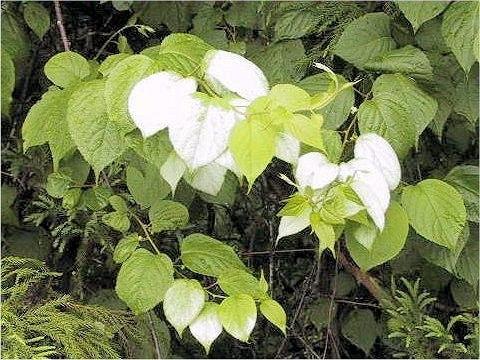
Листья актинидии полигамной
Актинидия полигамная — многолетняя . Вырастает в длину до 5 м.
молодых серовато-коричневая, старых — красновато-бурая.
меняют окраску в течение . Листья снизу по жилкам с небольшими щетиновидными волосками.
Цветёт с начала июня до начала августа, около 30 дней, белыми ароматными . Чашечка при плодах зелёная. .
— ягоды до 4 см длиной с коническим острым носиком, съедобны, но значительно менее вкусны, чем у других видов, ограниченно применяются в как ароматические овощи, на вкус слегка жгучие, по сравнению с другими видами актинидии бедны . Созревание начинается в конце сентября, при созревании резко изменяют окраску. Из твёрдых светло-зелёных они становятся мягкими и оранжевыми.
Ссылки
- (англ.) информация на сайте «» (EOL) (Проверено 28 августа 2009).
Актини́дия (лат. Actinidia от греч. ακτινιδιον — лучик) — род деревянистых лиан семейства Актинидиевые (Actinidiaceae). Наиболее известны плоды культурных сортов растения из этого рода — киви, или актинидия деликатесная.
Национальный ботанический сад имени Николая Гришко́ Национальной Академии наук Украины (укр. Націона́льний ботані́чний сад і́мені Мико́ли Гришка́ НАН Украї́ни) — научно-исследовательское учреждение, занимающееся проектированием и созданием новых ботанических садов и парков, разработкой научных основ озеленения и фитодизайна предприятий и организаций, а также многими другими отраслями теоретической и прикладной ботаники. В СССР официальное название было «Центральный республиканский ботанический сад Академии наук Украины» (ЦРБС АН УССР).
Ботанический сад входит в природно-заповедный фонд Украины и является объектом комплексной охраны, относится к землям природного и историко-культурного назначения, которые охраняются как национальное достояние государства.
Одно из главных заданий ботанического сада — проведения исследований в области охраны природы, создание базы для сохранения генофонда растений и всего биологического разнообразия, а также просветительская деятельность по вопросам экологии и использования растений.
Адрес сада: 01014, Украина, г. Киев, ул. Тимирязевская, 1. Директор — Заименко Наталья Васильевна — член-корреспондент Национальной академии наук Украины, профессор, доктор биологических наук.
По разнообразию коллекций живых растений, масштабам территории, уровню научных исследований занимает одно из ведущих мест среди крупнейших ботанических садов Европы. В состав ботанического сада входят 8 научных отделов; уникальный коллекционный фонд Национального ботанического сада насчитывает более 13 000 таксонов, относящихся к 220 семействам и 1347 родам.
На территории Ботанического сада находится главный храм, колокольня и келейные корпуса Ионинского монастыря, основанного в конце XIX века.
Пи́хта цельноли́стная, или Пихта чёрная маньчжурская, или Пихта чёрная (лат. Ábies holophýlla) — вид деревьев рода Пихта.
Единственная в России представительница секции Momi (Franco). Родственные виды из этой секции растут в Индии (Abies pindrow), Китае (Abies chensiensis), Японии (пихта равночешуйчатая, пихта сильная) и на Тайване (пихта Каваками).

